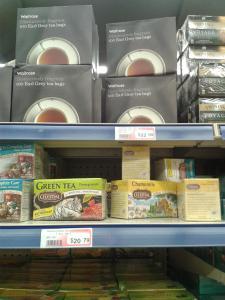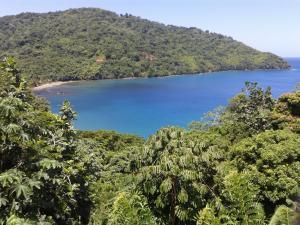Now the days are getting cooler and shorter, it is time to think back to the delightful warmth and sunshine I savoured when visiting Trinidad and Tobago over the summer. I had never been to that part of the world before and T&T in particular (I am not sure this would apply to other Caribbean islands) was far more interesting from a consumer and marketing perspective than expected. I have a couple of observations to share.
T&T is a very diverse place in terms of its population. According to the latest census, it is a nation of ethnic minorities. The two largest groups are almost equal in size: Indians (35.4%) and Africans (34.2%). The group classified as mixed is 22.85%. As one might imagine, this diversity has implications for many differents aspects of life; from religious beliefs to social customs and food habits, and perhaps most significantly, politics.
T&T struck me as being more ‘developed’ than ‘developing’. In my naivety, I had assumed it would be perhaps similar to parts of South America, given its geographical proximity to Venezuela. However, in fact, in some ways it looked more like North America, with big SUV cars cruising down large roads and ubiquitous air conditioning. You can drink the tap water. Posh supermarkets stock tempting delicacies from all over the world – there is fresh milk from the USA, cheese from New Zealand, and you can even get Waitrose essentials. Really – you can – see photographic evidence below.

In macro and micro economic terms, T&T is an intriguing place. According to some indicators, it would strike you as a wealthy country. Looking at GNI per capita based on purchasing power parity (PPP) figures from the World Bank, for T&T in 2012 it was $22,400, in the UK it was $36,880, in St Lucia, it was $11,020.
A significant factor in creating this appearance of wealth is the fact that T&T is actually an oil producer – oil and gas contribute 40.2% to GDP. And whilst it is true that this does make some things cheap – for example it costs barely £15 to fill a car that would cost £80 to fill in the UK, according to expat friends whom we stayed with – but still many locals still struggle financially. High rates of inflation, in particular for food, erode buying power. Food inflation reached 22% in 2010, dropping to 10.5% in 2011 but looks to have risen again last year.
As I did my consumer safari wandering around the local retail establishments, I was struck by how expensive food could be. ‘Could’ is the important qualifier as whilst imports found in the high end supermarkets often appeared to cost more than their equivalents in the UK (fresh milk appeared to be twice as expensive), local food could be cheaper. We enjoyed various street/fast foods such as ‘shark and bake’ (the T&T equivalent of fish and chips which costs barely 35 pence) and ‘doubles’ (fried dough and chickpea sandwiches, again costing around 30 pence). With bargains like that, it is perhaps not surprising that it is the fifth fattest nation in the world.
But I can’t write a piece about T&T without making note of one area in which it excels: the beauty of the natural landscape – please swoon over the below.

